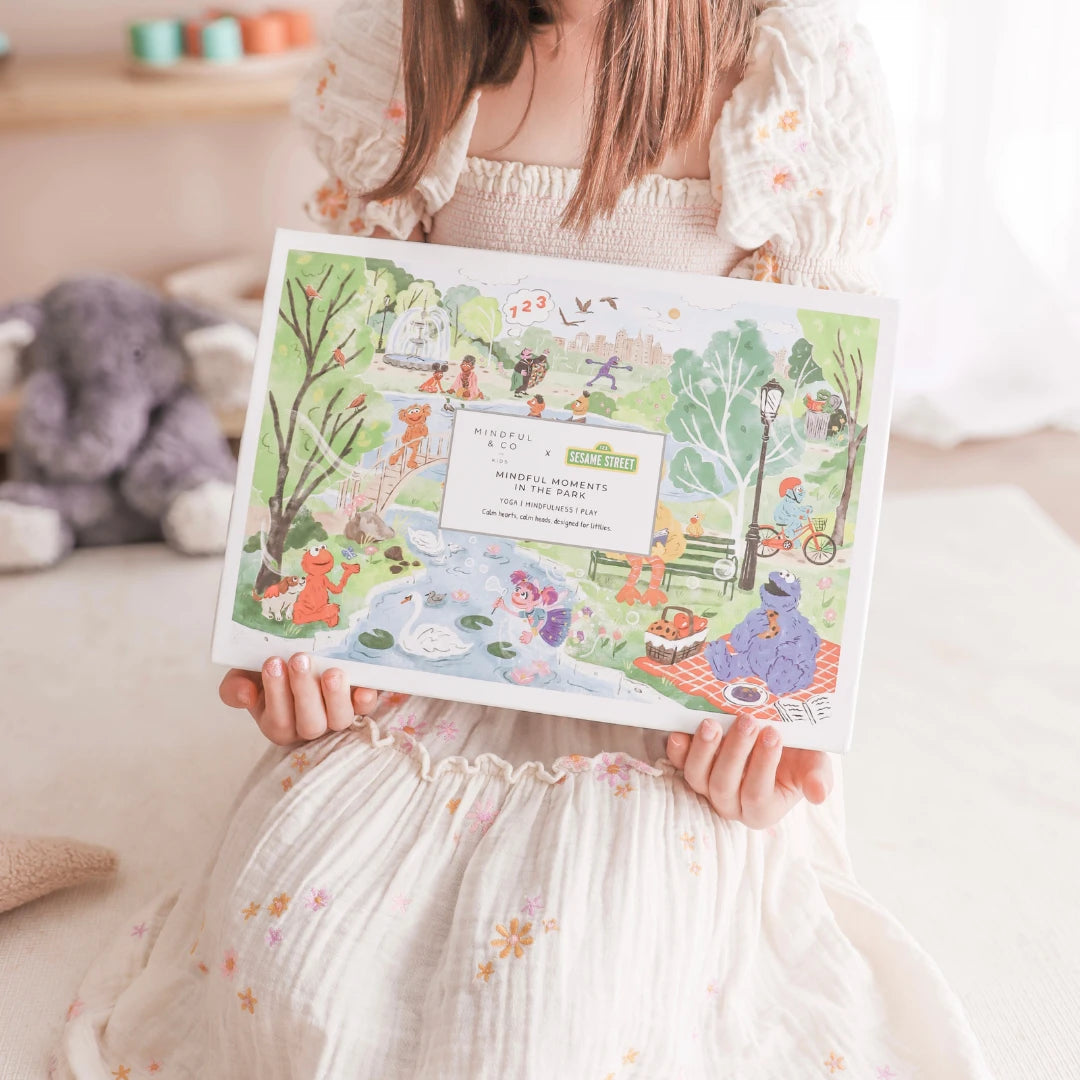5 Ways You Can Emotionally Support Your Child by ‘Bucket Filling’
5 Ways You Can Emotionally Support Your Child by ‘Bucket Filling’
Over the years, parenting culture has shifted towards a gentle parenting approach where emphasis is placed on equipping kids with the skills and tools they need to express themselves. From the days where parents simply instructed children how to behave, we’ve now turned to modelling for them how to be kind, compassionate and empathetic towards others.
Throughout schools and preschools, ‘bucket filling’ has become a widely utilised tool that recognises and teaches children about their feelings and emotions. It’s an effective strategy that parents are now getting on board with to educate their children about mental health and emotional regulation.
What is Bucket Filling?
The bucket filling concept is a metaphor and doesn’t refer to a physical bucket that carries sand and water at the beach. An emotional bucket is something every child carries with them for their emotions. When this invisible bucket is full, the child is feeling happy, calm, and confident, while an empty bucket refers to a child feeling sad, down, or unhappy.
The idea of the emotional bucket is to encourage children to be more self-aware and be able to better express how they feel. It helps them to understand when they are feeling certain emotions and they can explain this by referring to their bucket and whether it’s full, half full or empty. This helps to improve a child’s emotional and social skills and allows them to be better equipped to emotionally regulate themselves.
This simple tool allows parents to become ‘bucket fillers’, which is a person that provides support and helps their child fill their emotional bucket up. This isn’t limited to just a parent’s role; anyone can be a bucket filler. The concept provides an understanding to the motivation behind the behaviour, allowing the child and the supportive ‘bucket fillers’ to reflect and respond to the situation.
As children start to identify when their bucket is empty, parents can encourage their child to reflect on their language and behaviour. This allows them to move forward with effective tools to better manage their feelings next time.
So, what can you do at home to encourage this concept and support your child emotionally? Here are 5 ways you can fill your child’s emotional bucket:
1. Actively Listen to Your Child:
When your child is talking, stop what you’re doing and listen. You wouldn’t scroll on your device while you were talking to an adult, so why do it to your child. Use eye contact and body language to show them you are listening. Feeling heard as a child can build confidence, self-esteem and add to their emotional bucket.

2. Spend One-On-One Time with Them:
Spending quality time together builds connection and trust. If your child feels seen and heard, they are more likely to feel connected, particularly if there are other siblings in the family. You don’t need to go out anywhere to do this. Read a book together or cook. Any activity spent together is quality one-on-one time.

3. Regulate Your Own Emotions:
Children can feel your emotions and so your mood can impact them if you’re not careful. If you have a moment where your emotions get the better of you, use it as a learning strategy and reflect on how you reacted with your child. Talking about how you can better regulate your emotions teaches your child that it’s ok to feel big feelings, but it’s important to work on how you respond and reflect on them that’s key to moving forward.
4. Praise Effort Over Results:
This is a growth mindset strategy that focuses on praising your child for trying something rather than praising the end result. It encourages resilience over perfectionism and encourages children to change their mindset from a fixed ‘I can’t do it’ one to a growth mindset where ‘I can’t do it YET’ becomes the focus.
5. Use Daily Affirmations:
We are all human and by using daily affirmations within your family, it not only helps your child, but it encourages change within the whole family. Being consistent with affirmations helps to change your mindset, which supports a full emotional bucket.
Teaching children to regulate their emotions is not about suppressing them. No emotion is a ‘bad’ emotion, there are simply some emotions that feel bigger than others. An emotional bucket is about identifying these feelings and emotions, learning how to respond to them without hurting others, and then reflecting on how they moved on from these emotions effectively.
What is a Bucket Dipper and How Do You Put a Lid on Your Emotional Bucket?
Be aware of bucket dippers, who use words, actions, and behaviours to negatively impact others. Bullying is a form of bucket dipping, for example, so it’s important to teach your children about putting a lid on their bucket.
Placing a lid on their emotional bucket is a metaphor for placing a mental shield around their feelings. This improves and strengthens their resilience and teaches them to protect their thoughts and feelings from nasty and hurtful things.
A bucket dipper will often reach into other children’s buckets to empty them of happy feelings and emotions. The concept of the lid on the bucket encourages children to become more self-aware of these people and allows them to manage the situation independently so that they can maintain their full bucket.
This concept has had great results in young people as it can be differentiated to accommodate for both young and older children. The language is clear and easily understood, and the strategy itself can have a great impact on children learning to use their voice in situations they aren’t comfortable with.
Learning about mental health, feelings and emotions should be taught from a young age. This term is being used more intentionally across schools as a foundational tool for emotional regulation, social skills and even combating bullying. Reinforcing this language and concept at home will encourage open communication and demonstrates that expressing emotions is healthy and creates positive connections and relationships.








